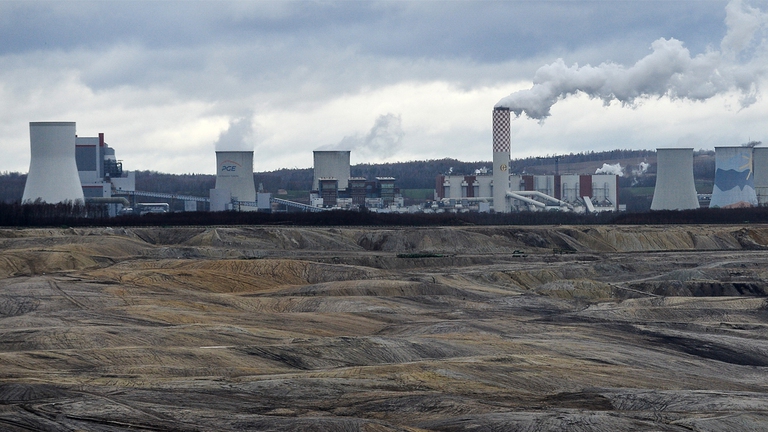https://www.lifegate.it/europa-energy-charter-treaty
- |
- The Energy Charter Treaty (ECT) is an agreement stipulated in 1994 to protect fossil investments in Eastern European countries which, at the time, were approaching the capitalist system for the first time.
- Over the years, however, private companies have exploited this agreement to launch legal actions against states that adopt climate-friendly measures.
- Spain and other European countries, including Germany, are proposing a coordinated and collective exit from the treaty.
In an incredible "U-turn", the European Commission has proposed a group exit concerted by all 27 member states fromEnergy charter treaty (ECT), a much-discussed international agreement created in the 1990s to protect investors in the European energy sector.

What is the Energy charter treaty
With 53 signatories, it is the most "disputed" treaty in the history of international agreements: signed in Lisbon in 1994 with the aim of promoting cross-border cooperation in the energy sector, in particular between the two fronts of the "Iron Curtain" (the border line that has divided Europe into two separate zones of political influence, since the end of the Second World War to the end of the Cold War), the treaty was born to offer more guarantees to Western companies who wanted to invest in the former states of the galaxy of Soviet influence, which were then transitioning to a market capitalism model and had many fossil resources waiting to be exploited.
Under the aegis of the ECT, investors could operate protected from the risk of expropriation, nationalizations, breaches of contracts and all unforeseen circumstances that could impact profit prospects.
So fossil companies could sue states
But unlike expectations, the Ect it soon became an arbitration system private, with legally binding sentences:by appealing to the instruments provided for by the treaty to resolve disputes, in fact, the companies that managed fossil fuel deposits and power plants could initiate legal action against states increasingly committed to developing and adopting laws to combat climate change and reduce CO2 emissions.
As highlighted by its detractors, the deal ended up delivering disproportionate protection to fossil fuel infrastructure, worth 344.6 billion euros, at a critical time when pollutants must be phased out to combat the climate crisis.
In an effort to align the treaty with the EU's green agenda, which calls for a 55 percent reduction in greenhouse gas emissions by 2030, the European Commission has proposed to review the agreement, prohibiting government-investor lawsuits, which are estimated to account for nearly 75 percent of all ECT lawsuits.
The next steps of the Energy charter treaty
In June 2022, an agreement in principle was reached around a revision draft of the treaty, but Germany, France, Spain and the Netherlands opposed it.Opposition from these countries has left the treaty reform process in a "no man's land", prompting countries such as Poland, Luxembourg, Austria and Belgium to plan a similar exit.
However, without an institutionally approved reform, the countries that abandon the treaty can suffer litigation for another 20 years.“Despite the Commission's efforts to negotiate a modernized Energy Charter Treaty in line with the negotiating mandate given to us by member states, there is no qualified majority in the Council,” he explained a spokesperson for the European Commission.In fact, an outdated treaty is not in line with EU policy on investment protection and the European Green Deal.
The Commission presented governments with a roadmap on how to proceed with a collective withdrawal but no further details have yet been provided on what the timescales to follow are.
